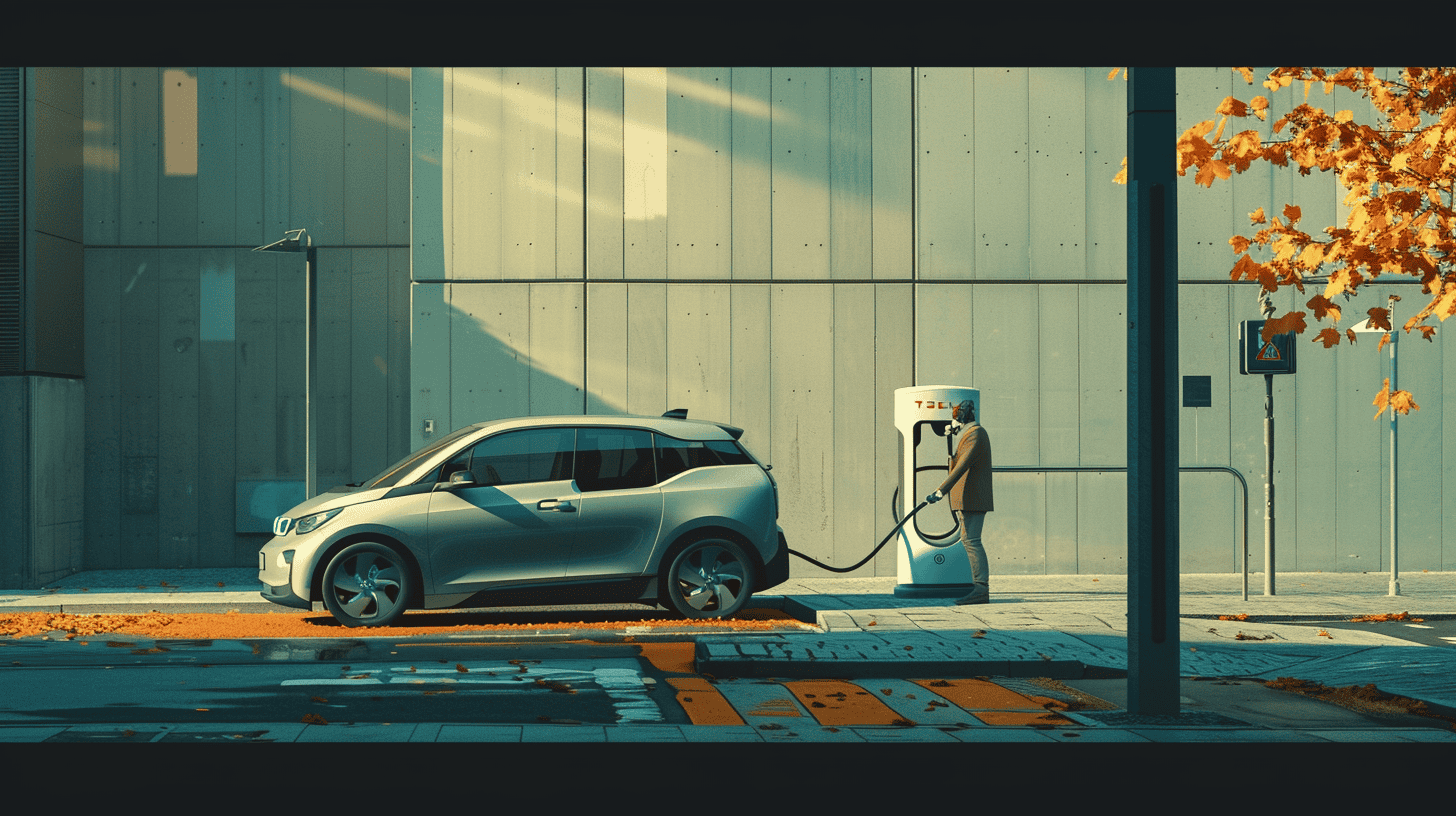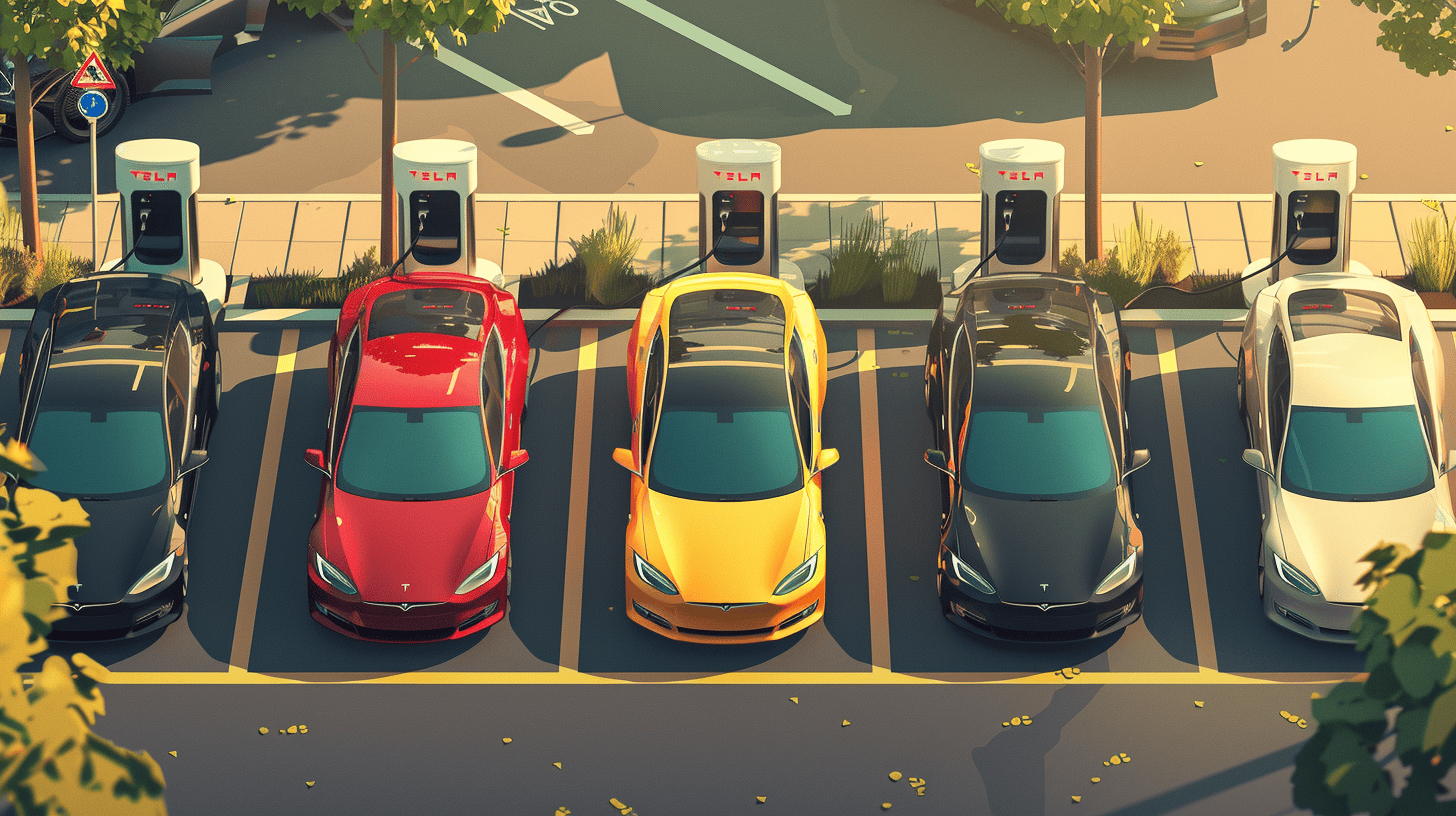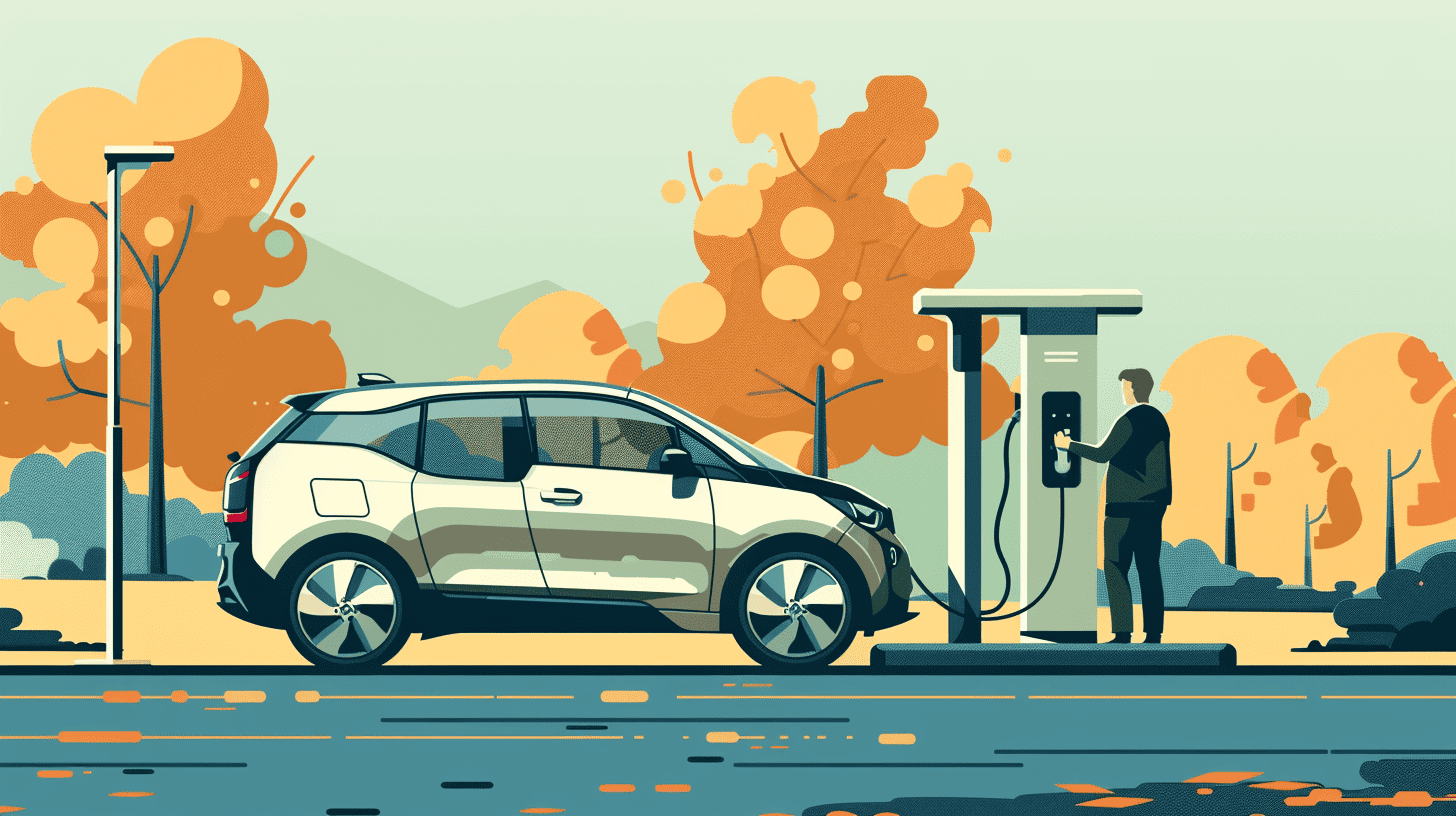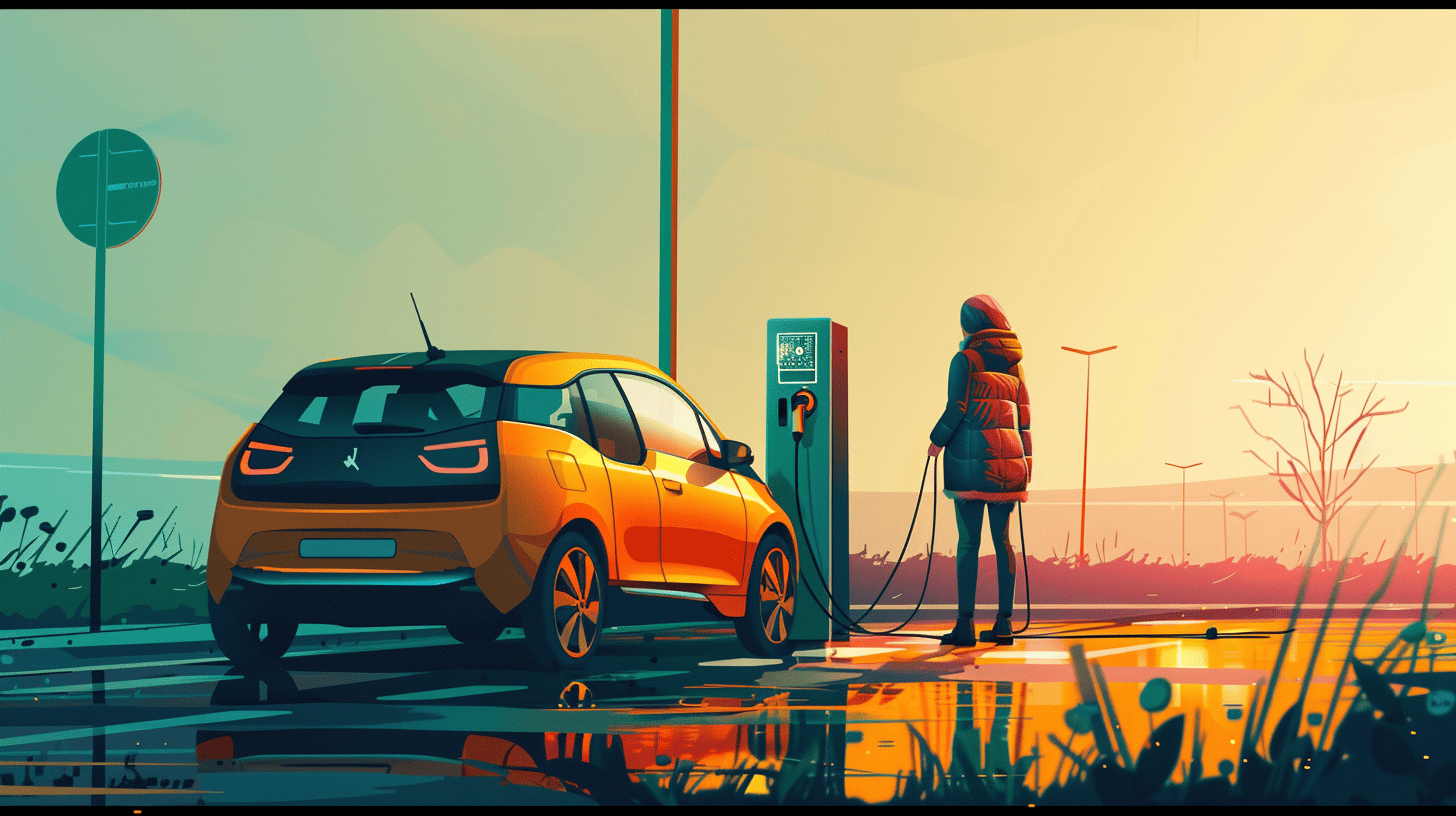
Despite a 2.8% overall decline in new car registrations during the first three quarters of 2024, the Dutch automotive market is witnessing a significant shift towards electrification. September 2024 saw a 5.1% increase in new car sales, with nearly 80% of vehicles sold being electric or hybrid. Tesla leads the pack, capturing 12.4% of the market share. While business buyers drive the EV trend, consumer hesitancy persists due to potential changes in tax benefits. As seen in other European markets, the industry remains cautiously optimistic about a year-end rebound but warns that reduced incentives could stall growth.
Electric and hybrid vehicles dominate
In September 2024, the Dutch car market marked a pivotal moment in its journey toward sustainability. Nearly 80% of new cars sold were either electric or hybrid, with fully electric vehicles accounting for 39.9% and hybrids for 39.3% of the market share. This shift underscores a growing preference among Dutch consumers and businesses for greener transportation options.
Tesla emerged as the top brand in September 2024, with 3,884 registrations, capturing 12.4% of the market. The Tesla Model Y led the model rankings with 2,585 registrations, securing an 8.3% market share. Other popular models included the Tesla Model 3 and the Volkswagen Polo, highlighting a strong consumer interest in both fully electric and hybrid variants. The dominance of Tesla reflects its strong brand presence and the growing consumer trust in its technology.
Industry concerns over fiscal policies
Despite the positive trends, industry leaders express concern over the potential impact of changing fiscal policies on EV adoption. BOVAG and RAI Vereniging warn that the phasing out of subsidies and tax benefits could hinder the growth of the electric vehicle market. This caution is echoed by Huub Dubbelman, who emphasizes the need for stable and enduring incentives to ensure the continued expansion of the EV fleet. The uncertainty surrounding government policies is causing hesitation among consumers considering EV purchases.

Diesel’s decline and market outlook
Diesel vehicles continue to see a sharp decline, now representing less than 1% of the market with only 255 units sold in September. This shift away from diesel is partly attributed to lingering effects from past scandals and a push for cleaner alternatives. Looking forward, the industry hopes for a sales boost in the final quarter of the year. However, experts caution that without supportive policies, the momentum seen in September may not be sustainable. The Dutch market is at a crossroads, balancing between consumer enthusiasm for green vehicles and the realities of policy-driven market dynamics.







